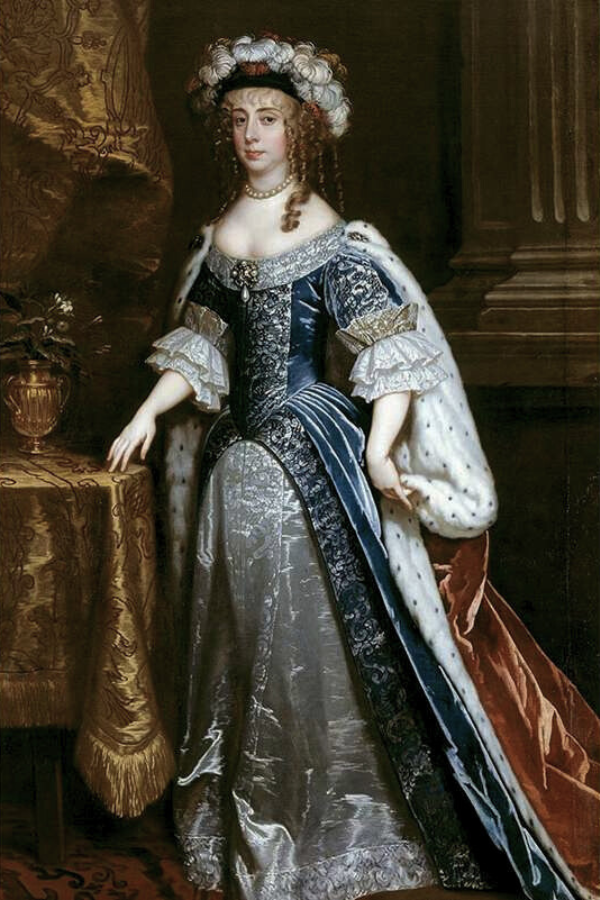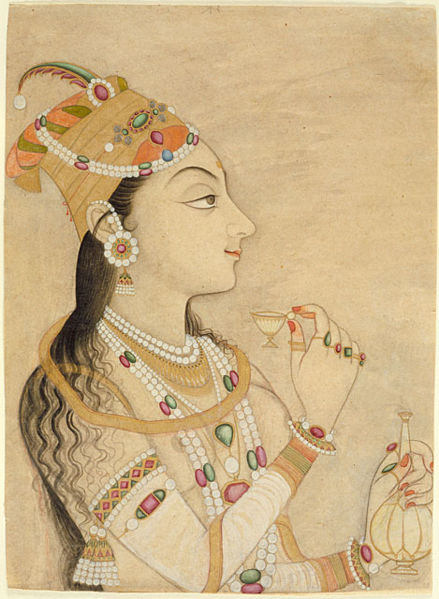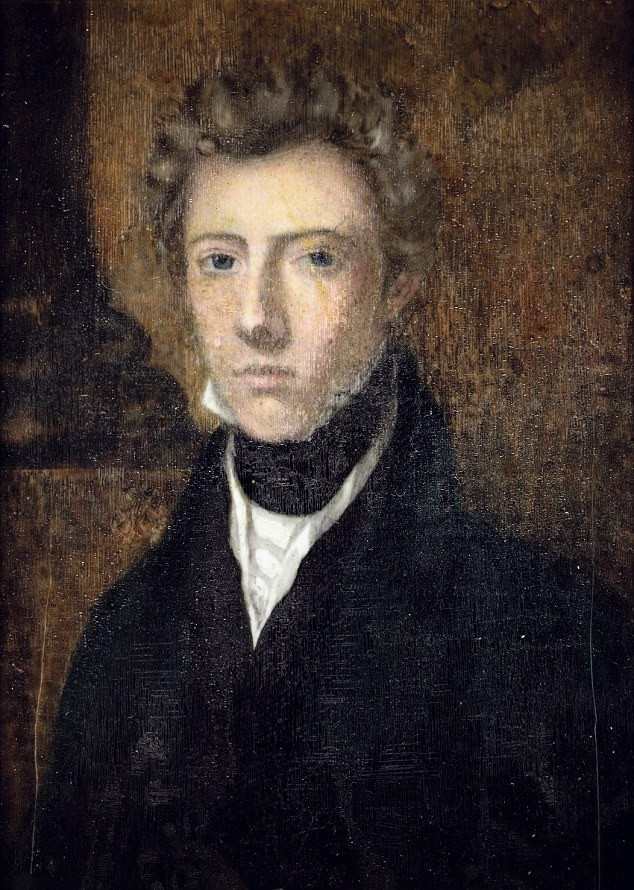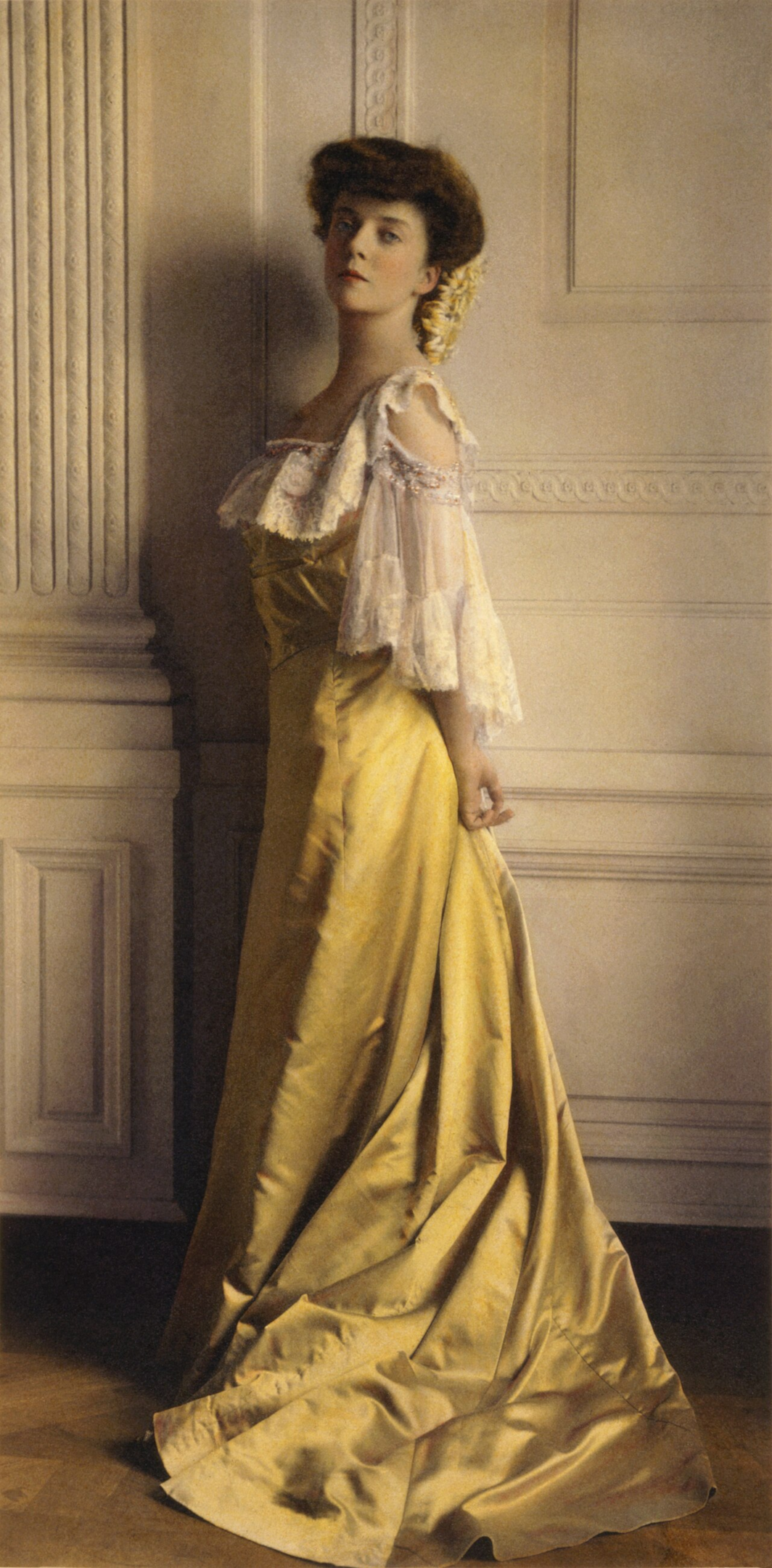

Spotlight on Storytelling: Why We Love the WhatsHerName Podcast
Summary
The Whats Her Name podcast, hosted by Dr. Katie Nelson and Olivia Meikle, celebrates forgotten women throughout history. Through engaging storytelling and interviews with experts, each episode sheds light on remarkable women whose stories deserve to be known. With a perfect blend of humor, insight, and historical detail, the podcast offers a captivating exploration of women’s contributions. From Helen Foster Snow to Alice Roosevelt, each episode unveils intriguing and inspiring tales worth discovering.
Reflection Questions
- Reflect on a woman from history introduced in the Whats Her Name podcast whose story resonated with you the most. What aspects of her life or achievements inspire you, and why?
- Consider the impact of reclaiming forgotten women’s history on your own understanding of women’s roles and contributions throughout time. How does learning about these lesser-known figures challenge or expand your perspective on women’s history?
- Explore the importance of storytelling in preserving and sharing the legacies of women who have been overlooked by mainstream historical narratives. How does the podcast’s narrative approach enhance your engagement with these stories?
Journal Prompt
Reflect on the power of solidarity and collective action in advocating for women’s rights and recognition. How does listening to the stories of remarkable women on the podcast inspire you to contribute to positive change in your own community or society at large?
The Whats Her Name podcast is a global women’s history podcast hosted and produced by academic sisters Dr. Katie Nelson and Olivia Meikle. The podcast is committed to reclaiming forgotten history by telling the stories of fascinating women who are not widely known but should be. It features interviews with experts and weaves vivid, nuanced biographies of so many amazing women, combining fascinating historical details with humor and thought-provoking insights. The episodes are released just a few weeks apart on Wednesdays and are known for being both informative and entertaining. This podcast has been well-received for its engaging approach to history and its focus on bringing lesser-known stories of women’s contributions to light. From young American aspiring writer Helen Foster Snow to the surprisingly wild life of Alice Roosevelt, each and every unexpected and inspiring episode is worth a listen. Read on to learn more!
All About Whatshername
The “What’sHerName” podcast is a distinctive venture in the realm of women’s history, co-hosted and produced by academic sisters Dr. Katie Nelson and Olivia Meikle. This podcast stands out for its commitment to resurrecting the often forgotten narratives of remarkable women throughout history. The hosts, with their academic backgrounds, bring a rigorous yet engaging approach to each episode.
The podcast is known for interviewing experts to weave detailed, nuanced biographies of women whose stories, although significant, have been largely overlooked or lost in historical narratives. A significant aspect of “What’sHerName” is its global perspective on women’s history. The podcast covers a wide range of historical periods and geographical locations, ensuring a diverse representation of women’s experiences and achievements.
Fuel your creative fire & be a part of a supportive community that values how you love to live.
subscribe to our newsletter
In addition to its rich content, the podcast is also notable for its community engagement. The hosts and creators often interact with their audience, fostering a community of listeners who are passionate about women’s history. This interaction adds a dynamic and personal touch to the podcast, making it not just a source of information but also a platform for discussion and community building.
Overall, “What’sHerName” is more than just a podcast; it’s a valuable resource for anyone interested in the often-underrated role of women in history. Its blend of academic rigor, engaging storytelling, and community engagement makes it a unique and impactful addition to the world of history podcasts.
Our Favorite WhatsHerName Episodes
Subjects of the podcast include Selma Lagerlöf, who profoundly influenced Swedish identity and traditional Swedish music, Hatshepsut, who was an incredibly effective Egyptian pharaoh, and Margaret Cavendish, a philosopher who was not properly recognized for her contributions. The storytelling is both fascinating and humorous, providing a thought-provoking and entertaining listening experience. New episodes are released biweekly on Wednesdays, maintaining a regular schedule for an ever-growing audience. If this is just the beginning of your journey with WhatsHerName, reference the following list of our very favorite episodes.
“The Empress” About Empress Nur Jahan


Empress Nur Jahan, born as Mehr-un-Nissa in 1577, was one of the most influential women of the Mughal Empire, which ruled over much of the Indian subcontinent. She was the twentieth and most beloved wife of the Mughal Emperor Jahangir.
Nur Jahan was born into a Persian noble family that had migrated to India. Her father, Ghiyas Beg, was a courtier in the Mughal Empire. She first married a Persian soldier Sher Afgan, but after his death, she caught the attention of Jahangir and married him in 1611.
Nur Jahan wielded extraordinary political power and influence at the Mughal court, which was unusual for a woman of her time. She effectively managed the empire during Jahangir’s later years when he faced health issues and addictions. Her administrative and political acumen was evident in her handling of court affairs and governance.
She was granted certain honours and privileges, usually reserved for the male members of the royal family, such as issuing royal decrees (farman) in her own name, a testament to her power and influence. Nur Jahan was a patron of the arts, literature, and architecture. She was involved in the design and construction of several significant architectural projects. One of her most notable contributions is the Itmad-Ud-Daulah’s Tomb in Agra, often referred to as the “Baby Taj,” which she commissioned for her father. This structure is seen as a precursor to the famous Taj Mahal.
Nur Jahan’s legacy is marked by her political acumen, her patronage of the arts, and her significant role in shaping the culture of the Mughal Empire. Her story is often cited as an example of female empowerment in a predominantly male-dominated society. Nur Jahan remains a subject of interest and admiration in South Asian history, with her life and times being the subject of numerous books, plays, and films.
Listen to the episode here.
“The Surgeon” About James Barry


Dr. James Barry was a notable figure in 19th-century medicine, primarily known as one of the first British surgeons to perform a successful cesarean section where both the mother and child survived. However, what makes Barry’s story particularly remarkable is that after his death in 1865, it was discovered that he was assigned female at birth. There has been some argument over whether Barry assumed a male identity solely for professional opportunities or to align with his gender identity. In the episode of Whatshername, Meikle and Nelson reveal clues from the end of Barry’s life that might point to which is correct.
Born Margaret Ann Bulkley, Barry assumed a male identity early in life, likely to pursue a medical career, which was not an option available to women at the time. Barry studied medicine at the University of Edinburgh, qualifying as a doctor and later joining the British Army as a surgeon.
Barry had a distinguished career in the British Army, serving in various colonies of the British Empire. In 1826, while in Cape Town, South Africa, Barry successfully performed a cesarean section, a significant achievement considering the medical practices of the time. Barry was known for his efforts to improve conditions for wounded soldiers and the general public, advocating for better hygiene, dietary improvements, and humane treatment of the mentally ill.
Throughout his life, Barry maintained his male identity, which was only revealed upon his death when his body was prepared for burial. The revelation of Barry’s birth sex was controversial at the time and led to debates about gender and identity, topics that continue to be relevant today. Dr. James Barry had documented romantic relationships and is believed to have given birth to at least one child.
Barry’s life challenges traditional narratives of gender and has become an important subject in discussions about the history of women in medicine. James Barry’s story is not just a tale of personal courage and conviction but also a reflection of the social and professional barriers faced by women, both historically and in contemporary times.
Listen to the episode here.
“The Nurse” Mary Seacole


Mary Seacole was a pioneering nurse and businesswoman known for her remarkable service during the Crimean War. Born in 1805 in Kingston, Jamaica, Seacole was of mixed heritage, with a Scottish father and a Jamaican mother. Her mother was a “doctress” who used traditional Caribbean and African herbal remedies, and she ran a boarding house for invalid soldiers. This environment enabled Seacole to acquire knowledge about medicine and nursing from a young age.
She gained extensive nursing experience in Jamaica, where she dealt with yellow fever and cholera epidemics, honing her skills in medical care. Seacole traveled widely, which included a trip to Britain. Her travels further expanded her understanding of medicine and healthcare.
During the Crimean War, Seacole applied to be sent as an army nurse to the Crimea, but she was refused, possibly due to racial prejudice. Undeterred, she funded her own way to Crimea, where she established the “British Hotel,” near Balaclava. This facility provided a comfortable haven for sick and convalescent officers. She also visited the battlefield, sometimes under fire, to nurse the wounded.
After the war, Seacole returned to England destitute and in poor health. Her plight was highlighted in the British press, and in 1857 a benefit festival was organized to raise funds for her. Despite her contributions, Seacole’s work was not widely recognized during her lifetime compared to that of Florence Nightingale. In recent years, there has been a resurgence of interest in her story, and she has been acknowledged as a pioneering figure in nursing. Her autobiography, “Wonderful Adventures of Mrs. Seacole in Many Lands,” was one of the earliest autobiographies of a mixed-race woman published in Britain.
Listen to the episode here.
“The Blood Countess” Elizabeth Báthory (Halloween Special)


Whatshername’s episode about Elizabeth Báthory shows that the hosts consider the full spectrum of the female experience, from selflessness to evil.
Báthory, born in 1560 into a prominent Hungarian noble family, is one of history’s most infamous figures, often dubbed as the “Blood Countess.” Her life and alleged crimes have become the subject of numerous legends and tales. At the age of 15, she married Count Ferenc Nádasdy, another influential noble, and moved to Castle Csejte (now in Slovakia). During her marriage, she managed the estates and even defended them when her husband was at war. Her husband’s death in 1604 significantly increased her responsibilities and power.
Her own life has contributed to folklore and influenced various works in literature, film, and music. She is often associated with vampirism and cruelty, becoming a figure akin to Vlad the Impaler in terms of her association with horror and the macabre. Modern historians have questioned the extent of her crimes, suggesting that her infamy may have been partly due to politically motivated slander. Her story is seen by some as an example of how powerful women were often vilified.
Listen to her episode here, but be warned that it is somewhat disturbing.
“The Wild Child” Alice Roosevelt


Alice Roosevelt was a notable and colorful figure in American history, particularly known for her vivacious and unconventional behavior during the Gilded Age and beyond. Born on February 12, 1884, Alice was a child of peak Gilded Age America, a period marked by economic prosperity and social changes in the United States. Alice Roosevelt’s dad was President Theodore Roosevelt.
She was known for her sharp wit, strong opinions, desire to truly gain life experience, and refusal to conform to the expectations of women of her social standing. Her personality was in stark contrast to the more traditional and restrained societal norms of the time, especially for women. Alice became a national celebrity when her father became President in 1901. Her antics and flair for drama made her a media darling. She was frequently covered in the press for her social activities and outspoken comments.
She smoked cigarettes in public, rode in cars with men, stayed out late partying, and was known for her cutting remarks. Her rebellious nature was epitomized by a famous incident where she carried a snake in her purse. Despite her reputation for being a socialite, Alice was also politically savvy and influenced certain diplomatic matters during her father’s presidency. She embarked on a highly publicized diplomatic trip to Asia in 1905, significantly boosting her public profile.
Throughout her life, she remained actively involved in politics, wielding considerable influence behind the scenes and championing various causes. Alice continued to be a prominent figure in Washington, D.C., known for her salons and as a doyenne of society, until her death in 1980.
Listen to her episode here.
Which Episodes Will You Listen To?
“What’sHerName” is a powerful platform that gives voice to those who were once voiceless, ensuring that the legacies of these extraordinary women are recognized and remembered. Its growing audience and popularity are a testament to the enduring interest in and importance of women’s history, making “What’sHerName” an invaluable resource for anyone seeking to broaden their understanding of the past. Let us know which episodes you enjoy in the comments below!
Design Dash
Join us in designing a life you love.
-
All About Our 7-Day Focus & Flex Challenge
Sign up before August 14th to join us for the Focus & Flex Challenge!
-
Unique Baby Names Inspired by Incredible Women from History
Inspired by historic queens, warriors, artists, and scientists, one of these unusual baby names might be right for your daughter!
-
Finding a New 9 to 5: How to Put Freelance Work on a Resume
From listing relevant skills to explaining your employment gap, here’s how to put freelance jobs on your resume.
-
What is Generation-Skipping, and How Might it Affect Sandwich Generation Parents?
The emotional pain and financial strain of generation skipping can be devastating for Sandwich Generation parents.
-
Four Material Libraries Dedicated to Sustainability, Preservation, and Education
From sustainable building materials (MaterialDriven) to rare pigments (Harvard), each materials library serves a specific purpose.
-
Do You Actually Need a Beauty Fridge for Your Skincare Products? (Yes and No.)
Let’s take a look at what dermatologists and formulators have to say about whether your makeup and skincare belong in a beauty fridge.








